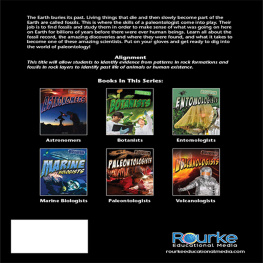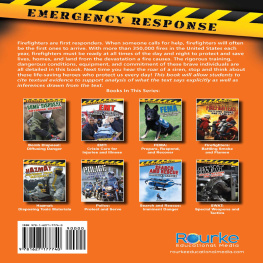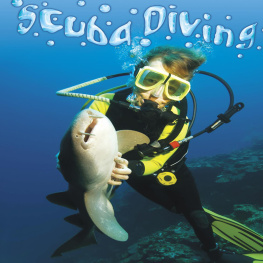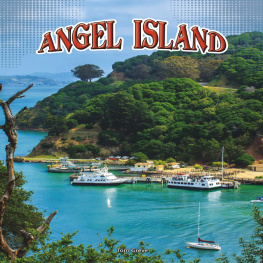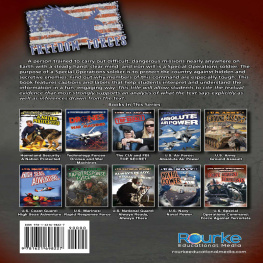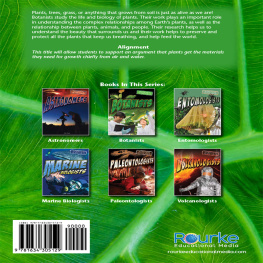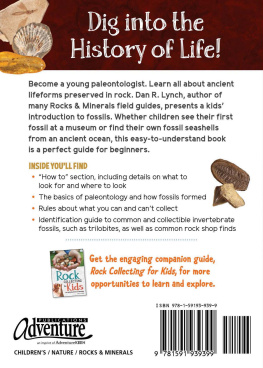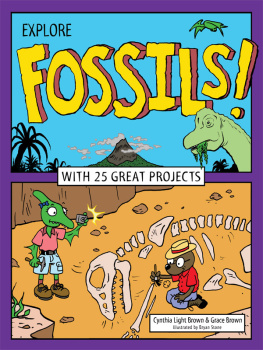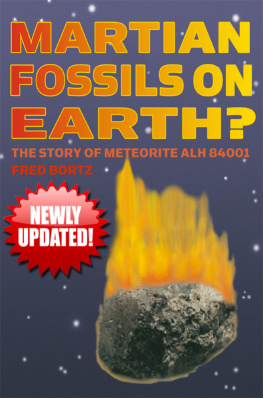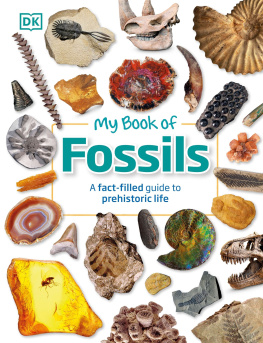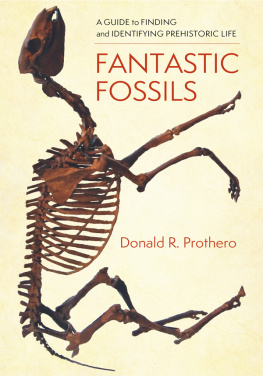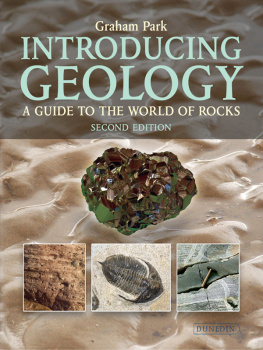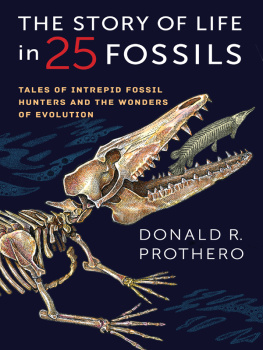Table of Contents
Guide

Before & After
Reading Activities | Level: T Word Count: 2,754 words 100th word: human |
Before Reading:
Building Academic Vocabulary and Background Knowledge
Before reading a book, it is important to tap into what your child or students already know about the topic. This will help them develop their vocabulary, increase their reading comprehension, and make connections across the curriculum.
Look at the cover of the book. What will this book be about?
What do you already know about the topic?
Lets study the Table of Contents. What will you learn about in the books chapters?
What would you like to learn about this topic? Do you think you might learn about it from this book? Why or why not?
Use a reading journal to write about your knowledge of this topic. Record what you already know about the topic and what you hope to learn about the topic.
Read the book.
In your reading journal, record what you learned about the topic and your response to the book.
After reading the book complete the activities below.
Content Area Vocabulary
Read the list. What do these words mean?
biology
catastrophic
chemistry
epochs
era
fossils
funding
half-life
Ice Age
physics
prehistoric
radioactivity
radiometric
sediment
specimen
strata
After Reading:
Comprehension and Extension Activity
After reading the book, work on the following questions with your child or students in order to check their level of reading comprehension and content mastery.
What is the difference between a trace fossil and a body fossil? (Summarize)
How has technology helped paleontologists? (Asking questions)
How can you contribute to research done by paleontologists? (Text to self connection)
How are paleontologists and archaeologists similar and different? (Summarize)
Why is it important to paleontologists to study fossils? (Asking questions)
Extension Activity
Paleontologists have helped us understand the prehistoric creatures that roamed the Earth millions of years ago. Research the dinosaur you find most interesting. Where was it found? What did it look like? What traits did it have to help it survive? Pretend you are a paleontologist who discovered the dinosaur you researched. Write an article for a scientific journal explaining your findings.
ITS ABOUT TIME
Kids always know how old they are. That is because they know their birthday, and its easy to keep track by counting the years as they go by.
Knowing the age of our planet is not so simple. For one thing, the history of Earth is far longer than the history of human beings living on it.
FIELD NOTES
Scientists study rocks to learn how old the Earth might be. Human beings rarely live to be more than 100 years old. Though a century is a long time for a human to live, it is little more than a blink of an eye when considering the age of the planet itself.
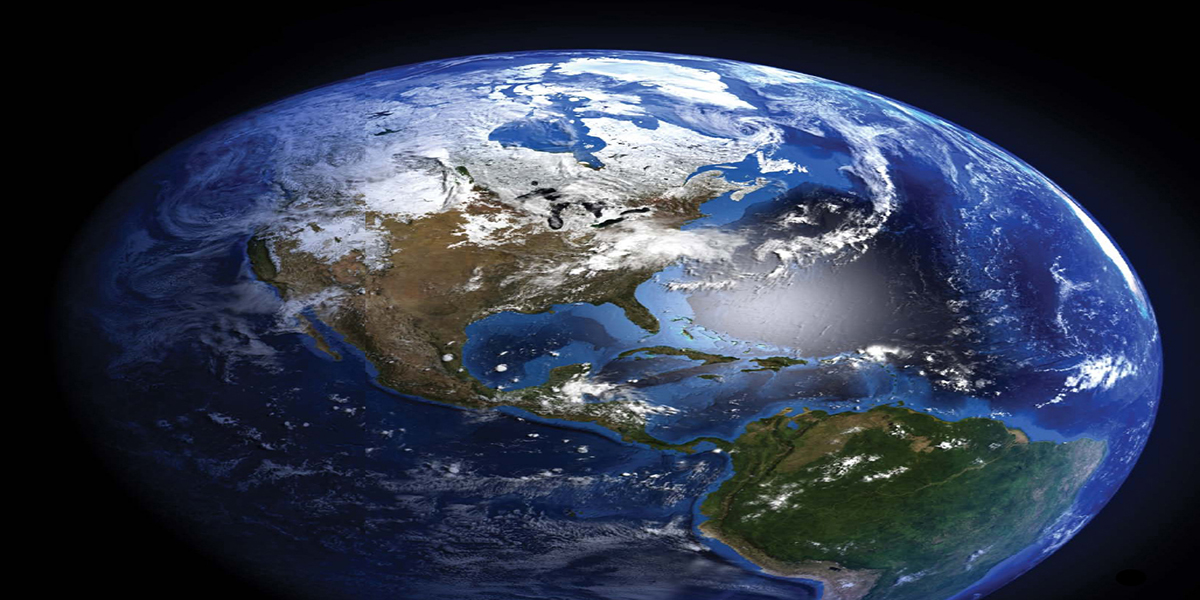
Time is relative. To a kid, a year seems like a mighty long time to wait for a present or a vacation. But to the Earth, a year is like a split-second. Compared to an individual person, or even compared to the human race, Earth is unimaginably old.
The study of the Earth itself, what it is made of, and all that lies beneath the ground is the science of geology.
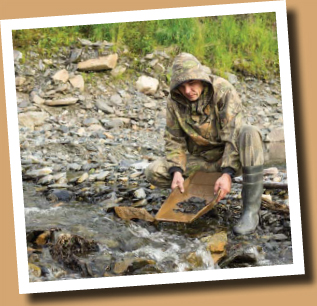
Geologists call the ground we walk on Earths crust. Like a pie crust, Earths outermost layer is a thin shell, which is even thinner under the ocean, and thicker where there is dry land.
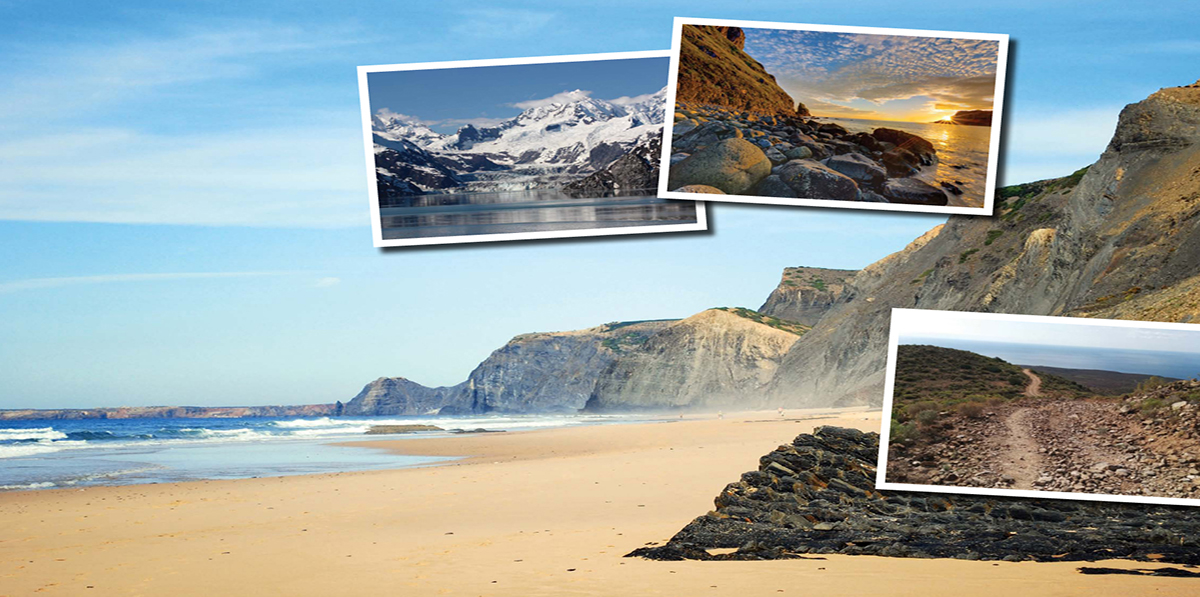
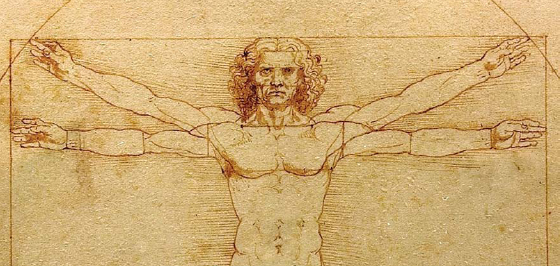
HUMAN TIME vs GEOLOGICAL TIME
The late paleontologist Stephen J. Gould once said if a persons outstretched arms represented all of time since the Earth formed, the amount of time humans have witnessed could fit on the tip of a single fingernail. Not even the nail itself, just the tip of the nail. Everything else happened before humans were around to notice. In other words, nearly all of Earths life is .
So how do people know things about Earth from all that prehistoric time? Those answers come from a variety of sources, but many of the most astounding discoveries of prehistoric life on Earth come from paleontologists.
Paleontologists are like detectives trying to solve a case about the history of living things on this planet.
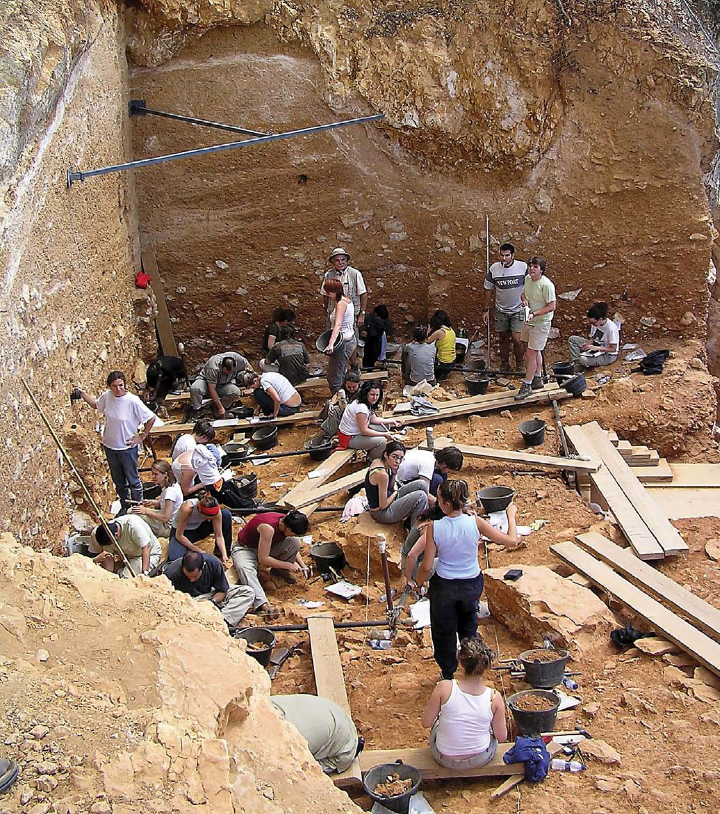
Fossils of some of Earths earliest known humans, found by researchers at Atapuerca, a cave system in Spain, are relatively new fossils even though they are thought to be more than a half million years old.
FOSSILS AND THE MYSTERY OF PREHISTORY
The Earth buries its past. Imagine the bedroom floor of a messy kid getting buried deeper and deeper with clothes, toys, papers, and whatever he or she drops after coming home from school day after day. That is a bit like how Earth is littered with signs of life left behind over the course of millions and millions of years.
If a child never cleans their room, day after day, year after year, their stuff just piles up on the floor. Soon items are buried in the mess. If a hat or a baseball mitt gets dropped on the floor, finding that same hat or mitt months later would require digging into the mess to find it. This is the basic idea of paleontology: digging into the earth to find things that lived many years earlier.

FIELD NOTES

DIGGING INTO THE PAST
Paleontologists and geologists call Earths rock layers . Each layer represents time on Earth in the way the rings of a tree trunk mark the trees age. If the messy kid wants to find a shirt she knows she left on the floor months ago, shed have to dig down under more recent items shes dropped to find the old shirt. This is how a paleontologist finds evidence of once-living things from long ago. Its a matter of using science to know where to start looking, and figuring out which strata will likely hold what theyre looking for.
Nature has a way of turning the remains of dead plants and animals from long ago into part of the buried rock layers.
Living things that die and then slowly become part of the Earth are called . Fossilization is a process that turns plants and animals into imprints in Earths rock layers. While a kids toy ends up buried in a messy room after just days, a living thing takes millions of years, and some luck, in order to become a buried fossil.

